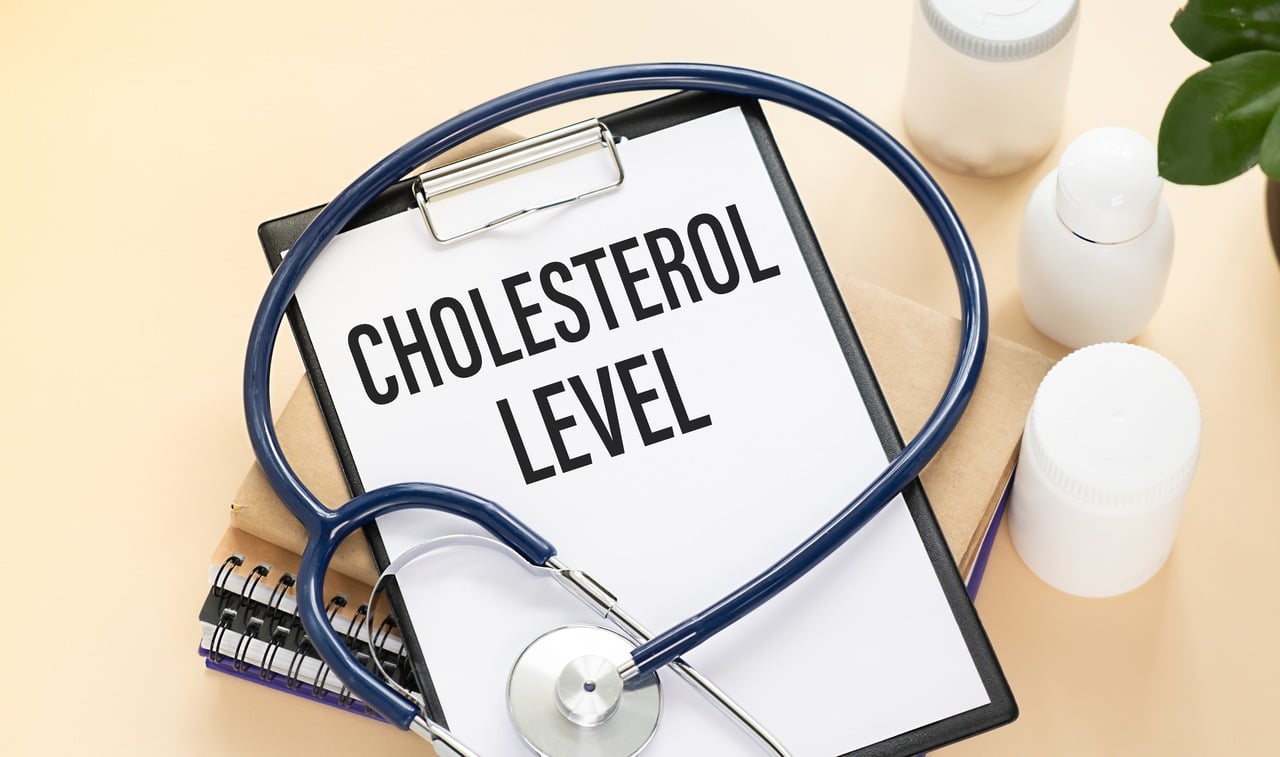In the realm of silent health threats, elevated cholesterol levels stand as a formidable adversary. Often concealed beneath the surface, this condition, known as hypercholesterolemia, silently sabotages cardiovascular health, increasing the risk of life-threatening events such as heart attacks and strokes.
High Cholesterol Explained
Cholesterol, a fatty substance coursing through our bloodstream, assumes a sinister guise when it accumulates excessively. This buildup, akin to a stealthy invader, infiltrates our arteries, impeding the natural flow of blood and instigating a host of cardiovascular maladies. According to data from the Express, cardiovascular disease claims nearly 18 million lives globally each year, with Ireland witnessing its grim toll, attributing close to two in five deaths to its ravages.
Contrary to common perception, high cholesterol often evades detection, eluding the grasp of medical scrutiny until it manifests as a dire health crisis or prompts intervention through routine screenings, as highlighted by Wales Online.
Also Read: Obesity-Related Cancers on the Rise: Alarming Statistics Revealed
Signs of High Cholesterol
As per the NHS, high cholesterol seldom issues overt warnings; its presence usually unveils itself through diligent blood analysis. Yet, certain red flags may herald its clandestine machinations, notably the onset of peripheral arterial disease (PAD). This insidious condition ensnares the arteries, impairing blood flow to the leg muscles and heralding an array of telltale symptoms, including hair loss and leg ulcers, as outlined by the NHS. Notably, aching discomfort during walking, subsiding with rest, emerges as a prevalent harbinger of PAD, affecting both limbs symmetrically.
In our contemporary milieu, characterized by sedentary lifestyles exacerbated by the aftermath of the pandemic, the specter of high cholesterol looms ominously. Recognizing its subtle warning signs assumes paramount importance, serving as a clarion call to preemptive action.
Also Read:
#Cholesterol – Know the facts:
💀 High cholesterol causes 4.4 million deaths every year.
💪 Too much cholesterol can lead to heart disease and stroke.
🥦 A healthy diet, regular exercise and medication can help you reduce high cholesterol.#UseHeart #KnowHeart #WorldHeartDay pic.twitter.com/NBRh3u3EB0— World Heart Federation (@worldheartfed) September 10, 2023
Facial and Ocular Signs of High Cholesterol
Herein lies the imperative of vigilance; facial and ocular manifestations can offer vital insights into one’s cholesterol status, averting the specter of cardiovascular calamities. Dr. Neeti Sharma, Senior Consultant in Nutrition & Dietetics at Marengo Asia Hospitals, elucidates these indicators:
- Yellow Patches on Eyelids (Xanthelasma): These conspicuous deposits of cholesterol, though benign, serve as ominous precursors of heightened cardiovascular risk, warranting medical attention and lifestyle adjustments.
- Changes Around Cornea’s Edge (Arcus Senilis): A discoloration encircling the cornea, indicative of cholesterol deposition, underscores the imperative of cholesterol management, particularly in younger demographics.
- Corneal Arcus: Akin to arcus senilis, this circumferential ring underscores the need for cholesterol evaluation and cardiovascular vigilance, especially in individuals below 40.
- Skin Pigmentation (Xanthoderma): The emergence of yellowish discolorations, emblematic of lipid abnormalities, prompts further investigation into cholesterol levels and associated health risks.
- Yellowish Pimples (Xanthomas): These benign growths, arising from cholesterol accumulation, offer visible cues to underlying metabolic imbalances, warranting comprehensive lipid profiling and risk assessment.
Early Detection and Prevention
While high cholesterol typically operates in stealth mode, its consequences can be catastrophic if left unchecked. The absence of overt symptoms necessitates proactive screening, with lipid testing emerging as the cornerstone of preventive healthcare.
However, awaiting symptomatic cues is ill-advised, given the potential for irreversible damage. Early recognition, facilitated by comprehensive lipid profiling and awareness of risk factors, empowers individuals to preempt the insidious advances of hypercholesterolemia.
